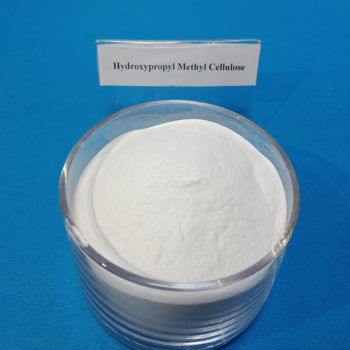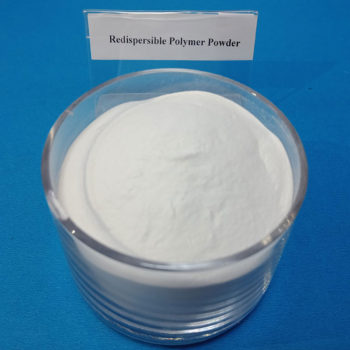China cellulose ether manufacturer
China HPMC factory,have a daily output 150 tons,our products including Hydroxypropyl Methyl Cellulose (HPMC), Redispersible Polymer Powder (RDP) ,which can be widely used in building materials such as dry mix mortar, gypsum based plaster, wall putty, tile adhesive, cement mortar, EIFS, detergent and so on.


HPMC Cellulose in Mortar
Hydroxypropyl Methylcellulose (HPMC) is a versatile and widely used additive in the construction industry, particularly in mortar formulations. As a key component, HPMC cellulose imparts several desirable properties to mortar, enhancing its performance and durability. This article provides an in-depth exploration of HPMC cellulose and its applications in the field of mortar.
HPMC cellulose is a modified cellulose ether derived from natural plant fibers. It is produced through the chemical modification of cellulose, primarily extracted from wood or cotton. The modification involves introducing hydroxypropyl and methyl groups to the cellulose backbone, resulting in a water-soluble polymer with unique properties.
- Properties of HPMC Cellulose:
a. Water Retention: One of the significant contributions of HPMC in mortar is its ability to retain water. This property ensures proper hydration of cement, leading to improved workability and enhanced bond strength.
b. Thickening Agent: HPMC cellulose acts as an effective thickening agent in mortar formulations, preventing sagging and enhancing the consistency of the mixture.
c. Improved Adhesion: The presence of HPMC enhances the adhesion of mortar to various substrates, promoting better cohesion and reducing the risk of delamination.
d. Setting Time Control: HPMC cellulose can help regulate the setting time of mortar, allowing for flexibility in construction processes.
- Applications in Mortar:
a. Tile Adhesives: HPMC cellulose is commonly used in tile adhesives to improve adhesion, workability, and water retention, ensuring a strong and durable bond between tiles and substrates.
b. Plaster and Stucco: In plaster and stucco formulations, HPMC enhances workability, reduces cracking, and provides a smooth finish. It also aids in controlling the curing time, allowing for proper application.
c. Masonry Mortar: HPMC is widely incorporated into masonry mortar to improve water retention, adhesion, and overall workability. This results in mortar with enhanced strength and durability.
d. Self-Leveling Mortar: The use of HPMC cellulose in self-leveling mortars contributes to improved flow properties, enabling a smoother and more even surface.
- Dosage and Compatibility:
The appropriate dosage of HPMC cellulose in mortar formulations depends on factors such as the specific application, desired properties, and the type of mortar being used. Compatibility with other additives and admixtures should be considered to ensure optimal performance.
HPMC cellulose plays a crucial role in enhancing the performance of mortars across various construction applications. Its unique properties contribute to improved workability, adhesion, water retention, and setting time control. As the construction industry continues to evolve, the utilization of HPMC cellulose in mortar formulations is likely to remain a key aspect of achieving high-quality and durable structures.